Home>Furniture & Design>Bathroom Accessories>Which Way Should A Bathroom Exhaust Fan Spin
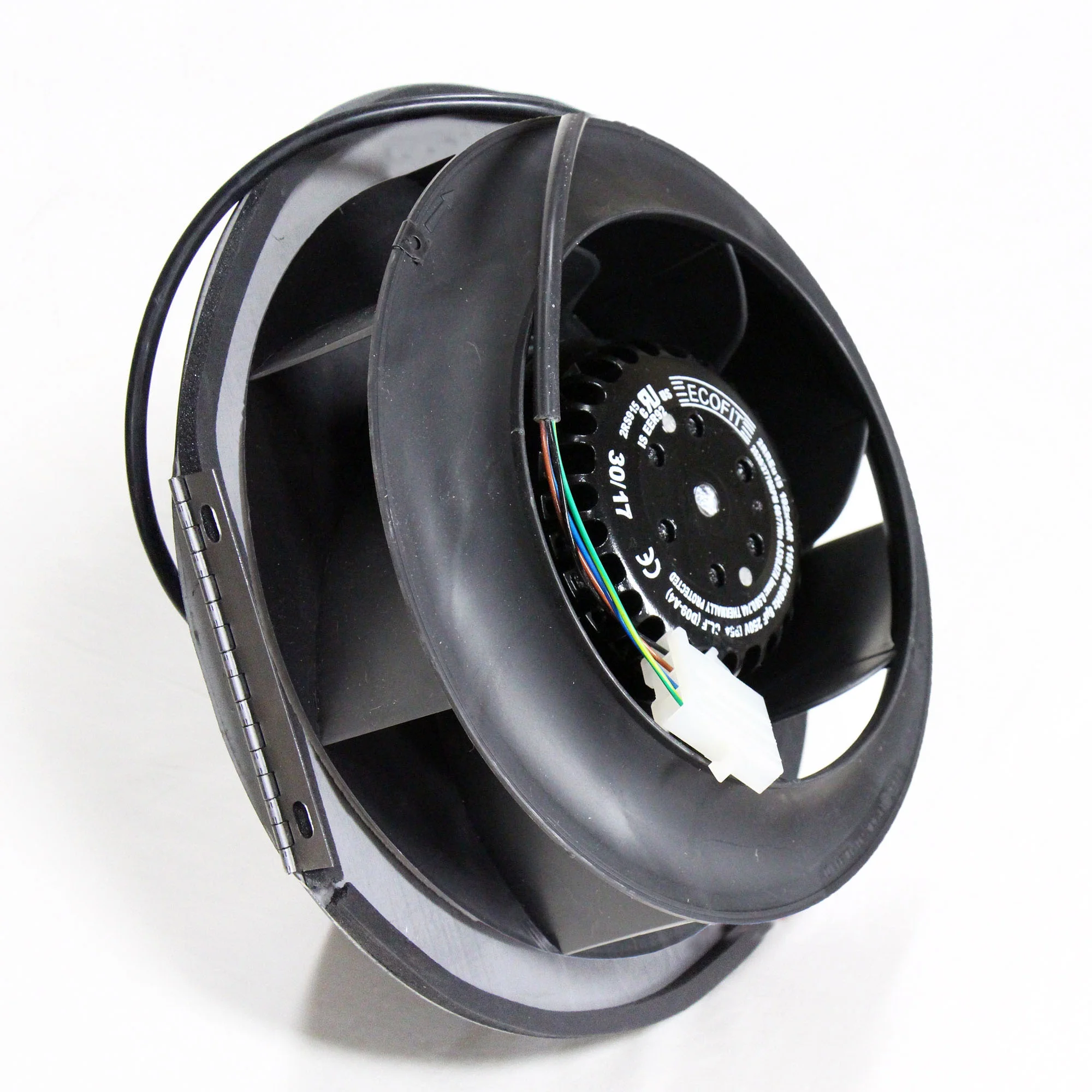

Bathroom Accessories
Which Way Should A Bathroom Exhaust Fan Spin
Modified: March 19, 2024
Learn which way a bathroom exhaust fan should spin for optimal ventilation. Find the right bathroom accessories to keep your space fresh and clean.
(Many of the links in this article redirect to a specific reviewed product. Your purchase of these products through affiliate links helps to generate commission for Storables.com, at no extra cost. Learn more)
Introduction
Bathroom exhaust fans are often an overlooked yet essential component of a well-maintained home. These unassuming fixtures play a crucial role in maintaining air quality, preventing moisture-related issues, and promoting a comfortable and healthy environment within the bathroom. While their significance is undeniable, the proper functioning of bathroom exhaust fans is contingent upon various factors, one of which is the direction in which the fan blades spin.
In this comprehensive guide, we will delve into the intricacies of bathroom exhaust fans, shedding light on the significance of their operation and the impact of airflow direction. By understanding the dynamics of ventilation and the debate surrounding the optimal fan blade rotation, you will be equipped with the knowledge to make informed decisions about your bathroom's ventilation system.
Let's embark on a journey to unravel the mysteries of bathroom exhaust fans, exploring the science behind airflow and ventilation, and ultimately determining the most effective approach to optimize your bathroom's air quality and comfort.
Key Takeaways:
- Optimal direction for bathroom exhaust fan blade rotation is a debated topic. Factors like bathroom size, existing ventilation, humidity levels, air quality, and personal comfort influence the decision-making process.
- Understanding airflow and ventilation dynamics is crucial for maximizing the effectiveness of bathroom exhaust fans. Tailoring fan blade rotation to specific bathroom characteristics ensures optimal air quality and comfort.
Read more: Which Way Should Fan Spin
Importance of Bathroom Exhaust Fans
Bathroom exhaust fans are integral to maintaining a healthy and comfortable indoor environment. Their primary function is to expel excess moisture, odors, and airborne impurities from the bathroom, thereby preventing the accumulation of mold, mildew, and other potential hazards. By facilitating proper ventilation, these fans effectively mitigate the adverse effects of excessive humidity, which can lead to structural damage and health issues.
In addition to moisture control, bathroom exhaust fans play a pivotal role in improving air quality. They help remove airborne particles, such as dust, allergens, and volatile organic compounds (VOCs), which can contribute to respiratory problems and discomfort. Furthermore, these fans aid in eliminating unpleasant odors, ensuring a fresh and inviting atmosphere within the bathroom and the surrounding living spaces.
Beyond the immediate benefits for the bathroom, exhaust fans also contribute to the overall well-being of the home. By reducing humidity levels and preventing the proliferation of mold and mildew, they help preserve the integrity of building materials and prevent costly repairs. Moreover, proper ventilation can enhance the efficiency of heating and cooling systems, promoting energy savings and prolonging the lifespan of HVAC equipment.
Furthermore, bathroom exhaust fans are essential for maintaining privacy and comfort. They effectively mitigate steam and odors, allowing occupants to enjoy a private and pleasant bathroom experience. Additionally, by expelling excess moisture, these fans contribute to a more comfortable indoor environment, reducing the likelihood of discomfort and promoting a sense of well-being.
In summary, the importance of bathroom exhaust fans cannot be overstated. From moisture control and air quality improvement to structural preservation and personal comfort, these unassuming fixtures play a multifaceted role in ensuring a healthy, pleasant, and sustainable living environment. Understanding their significance underscores the need for optimal operation and maintenance, including considerations such as airflow direction, which we will explore in the subsequent sections.
Understanding Airflow and Ventilation
Proper airflow and ventilation are fundamental elements in maintaining a healthy and comfortable indoor environment, particularly within the confines of a bathroom. The dynamics of airflow and ventilation are intricately linked to the functionality of bathroom exhaust fans, as they directly impact the distribution of air, moisture control, and the overall quality of the indoor atmosphere.
Airflow within a bathroom is influenced by various factors, including the size of the space, the presence of windows or other ventilation openings, and the operation of HVAC systems. When it comes to ventilation, the goal is to facilitate the exchange of indoor and outdoor air, effectively removing stale air and introducing fresh, outdoor air. This process is essential for controlling humidity levels, preventing the buildup of odors and pollutants, and promoting a comfortable and healthy environment.
Bathroom exhaust fans play a pivotal role in enhancing airflow and ventilation. By expelling humid air and airborne impurities, these fans create a negative pressure environment, drawing in fresh air from other sources such as windows or doors. This continuous exchange of air helps maintain optimal humidity levels, prevents the accumulation of moisture, and ensures a constant supply of fresh, clean air.
Understanding the principles of airflow and ventilation is crucial for maximizing the effectiveness of bathroom exhaust fans. Proper ventilation not only contributes to a healthier indoor environment but also supports the longevity of building materials and fixtures. By promoting air circulation and preventing the stagnation of moisture-laden air, ventilation systems, including exhaust fans, mitigate the risk of mold, mildew, and structural deterioration.
In essence, airflow and ventilation are the cornerstones of a well-maintained and comfortable bathroom. By comprehending the dynamics of air movement and the principles of ventilation, homeowners can make informed decisions regarding the installation, operation, and maintenance of bathroom exhaust fans, ensuring optimal air quality, moisture control, and overall well-being within the home.
The bathroom exhaust fan should spin counterclockwise to efficiently remove moisture and odors from the room. This direction helps to pull the air out of the bathroom and vent it outside.
The Debate: Clockwise or Counterclockwise?
The debate surrounding the direction in which bathroom exhaust fan blades should spin has been a topic of contention among homeowners and experts alike. While some advocate for clockwise rotation, others argue in favor of counterclockwise operation. Understanding the implications of these opposing viewpoints is essential for optimizing the performance of bathroom exhaust fans and ensuring effective ventilation.
Advocates of clockwise fan blade rotation argue that this direction creates a suction effect, effectively drawing moist air and odors upward and expelling them outside. This approach is believed to enhance the efficiency of moisture removal and odor control, contributing to a fresher and drier bathroom environment. Additionally, proponents of clockwise rotation assert that this method promotes the extraction of airborne impurities, such as dust and allergens, further improving air quality within the bathroom.
On the other hand, proponents of counterclockwise fan blade rotation present compelling arguments in support of this alternative approach. Counterclockwise rotation is said to create a downward airflow pattern, effectively pushing stale air and moisture out of the bathroom and facilitating the introduction of fresh, outdoor air. This method is believed to promote rapid air exchange, preventing the buildup of humidity and enhancing overall ventilation within the space.
The debate between clockwise and counterclockwise fan blade rotation underscores the complexity of airflow dynamics and the multifaceted nature of ventilation. While both approaches have their merits, the optimal direction for bathroom exhaust fan operation may vary based on specific environmental factors, such as bathroom size, layout, and existing ventilation systems. Additionally, the positioning of windows, doors, and other air intake sources can influence the effectiveness of fan blade rotation, further complicating the decision-making process.
Ultimately, the debate surrounding the optimal direction for bathroom exhaust fan blade rotation highlights the need for a nuanced and context-specific approach. By considering the unique characteristics of individual bathrooms and the desired outcomes of ventilation, homeowners can make informed decisions regarding the operation of their exhaust fans, ensuring optimal air quality, moisture control, and overall comfort within the home.
Factors to Consider
When determining the optimal direction for the operation of bathroom exhaust fan blades, several crucial factors come into play. These considerations are instrumental in ensuring the effectiveness of ventilation, moisture control, and air quality management within the bathroom environment. By carefully evaluating these factors, homeowners can make informed decisions that align with the specific needs and dynamics of their living spaces.
-
Bathroom Size and Layout: The size and layout of the bathroom significantly influence the airflow patterns and ventilation requirements. In smaller bathrooms, clockwise fan blade rotation may facilitate the efficient extraction of moisture and odors, while counterclockwise rotation could be more effective in larger spaces with diverse airflow dynamics. Understanding the spatial characteristics of the bathroom is essential for determining the most suitable fan blade rotation direction.
-
Existing Ventilation Systems: Homes with existing ventilation systems, such as windows, doors, or HVAC ductwork, may benefit from aligning the operation of bathroom exhaust fans with the overall airflow patterns. By coordinating fan blade rotation with the existing ventilation infrastructure, homeowners can optimize air exchange and prevent potential conflicts in airflow direction.
-
Humidity Levels and Moisture Control: The prevailing humidity levels within the bathroom play a pivotal role in dictating the optimal direction for fan blade rotation. In environments prone to excessive moisture, clockwise rotation may expedite the removal of humid air, while counterclockwise rotation could aid in preventing the accumulation of moisture in drier conditions. Balancing moisture control with fan blade rotation direction is essential for maintaining a healthy and comfortable bathroom environment.
-
Air Quality Enhancement: The aspiration to improve air quality within the bathroom through the removal of airborne impurities, such as dust, allergens, and odors, should inform the decision-making process regarding fan blade rotation. Depending on the specific air quality concerns, homeowners can select the direction that aligns with their objectives, whether it involves expelling impurities upward or facilitating rapid air exchange to introduce fresh, outdoor air.
-
Personal Comfort and Preferences: Individual preferences and comfort considerations also play a role in determining the optimal direction for bathroom exhaust fan blade rotation. Factors such as the perceived effectiveness of airflow, the impact on privacy, and the overall comfort of occupants should be taken into account when making decisions about fan operation.
By carefully considering these factors, homeowners can make informed choices regarding the direction of bathroom exhaust fan blade rotation, ensuring that ventilation, moisture control, and air quality management align with the specific needs and dynamics of their living spaces.
Read more: Which Way Should The Fan Turn In The Winter
Conclusion
In conclusion, the optimal direction for bathroom exhaust fan blade rotation remains a subject of debate and consideration, with compelling arguments for both clockwise and counterclockwise operation. However, amidst the discourse surrounding fan blade rotation, it is essential to recognize the multifaceted nature of ventilation and the diverse factors that influence the effectiveness of bathroom exhaust fans.
Ultimately, the decision regarding the direction of fan blade rotation should be informed by a nuanced understanding of the specific characteristics and requirements of individual bathrooms. Factors such as size, layout, existing ventilation systems, humidity levels, air quality enhancement, and personal comfort preferences all play a crucial role in determining the most suitable approach to fan operation.
By carefully evaluating these considerations, homeowners can tailor the operation of their bathroom exhaust fans to align with the unique dynamics of their living spaces, ensuring optimal ventilation, moisture control, and air quality management. Whether prioritizing the efficient removal of moisture and odors, promoting rapid air exchange, or enhancing overall air quality, the direction of fan blade rotation can be tailored to meet specific objectives.
Furthermore, the significance of proper ventilation and the role of bathroom exhaust fans in maintaining a healthy and comfortable indoor environment cannot be overstated. By expelling excess moisture, controlling humidity levels, and improving air quality, these fixtures contribute to the preservation of building materials, the prevention of health hazards, and the promotion of personal well-being.
In essence, the debate surrounding the direction of bathroom exhaust fan blade rotation underscores the need for a thoughtful and context-specific approach. By considering the unique characteristics and requirements of individual bathrooms, homeowners can make informed decisions that optimize the performance of their exhaust fans, ensuring a healthy, comfortable, and sustainable living environment for all occupants.
Frequently Asked Questions about Which Way Should A Bathroom Exhaust Fan Spin
Was this page helpful?
At Storables.com, we guarantee accurate and reliable information. Our content, validated by Expert Board Contributors, is crafted following stringent Editorial Policies. We're committed to providing you with well-researched, expert-backed insights for all your informational needs.

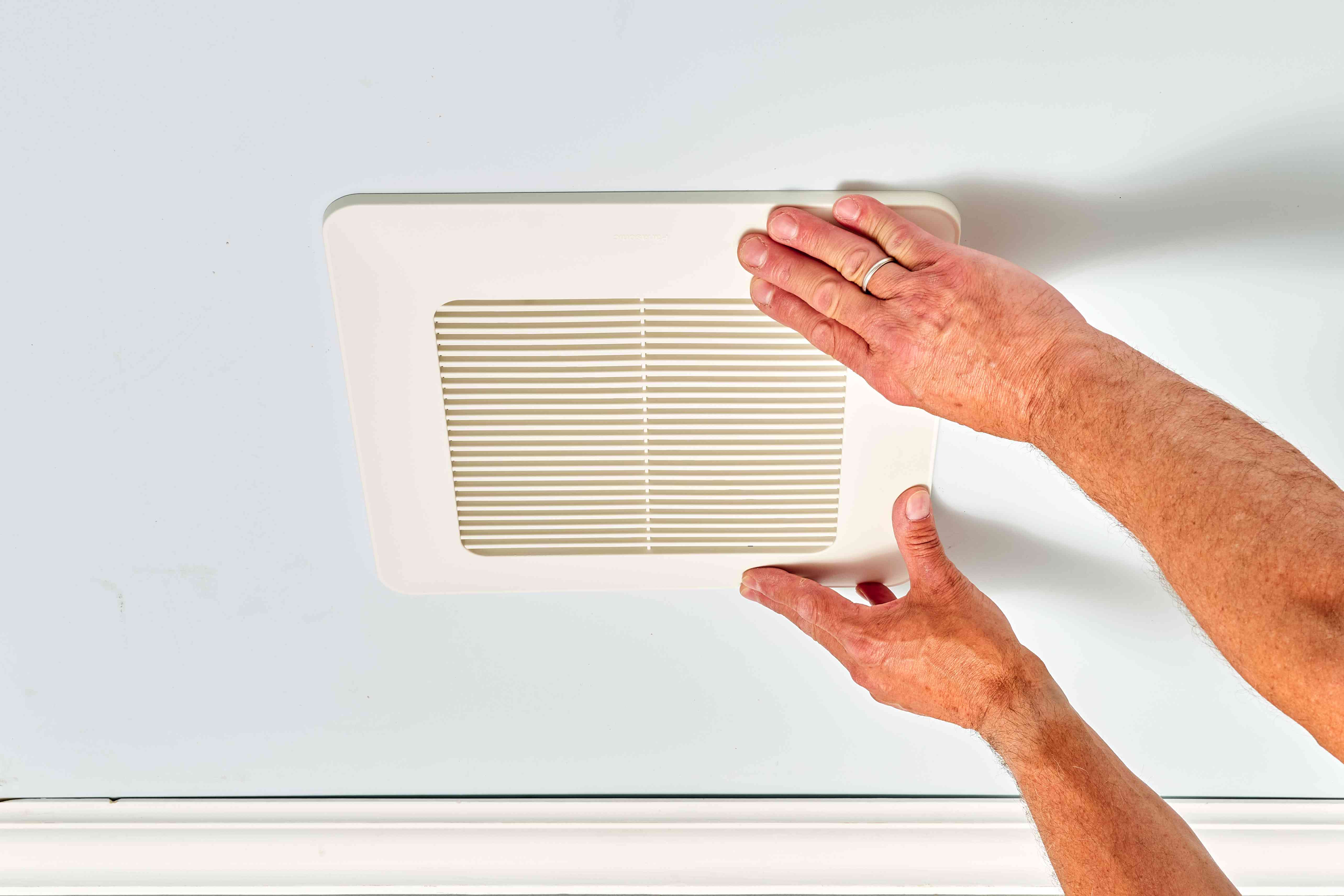
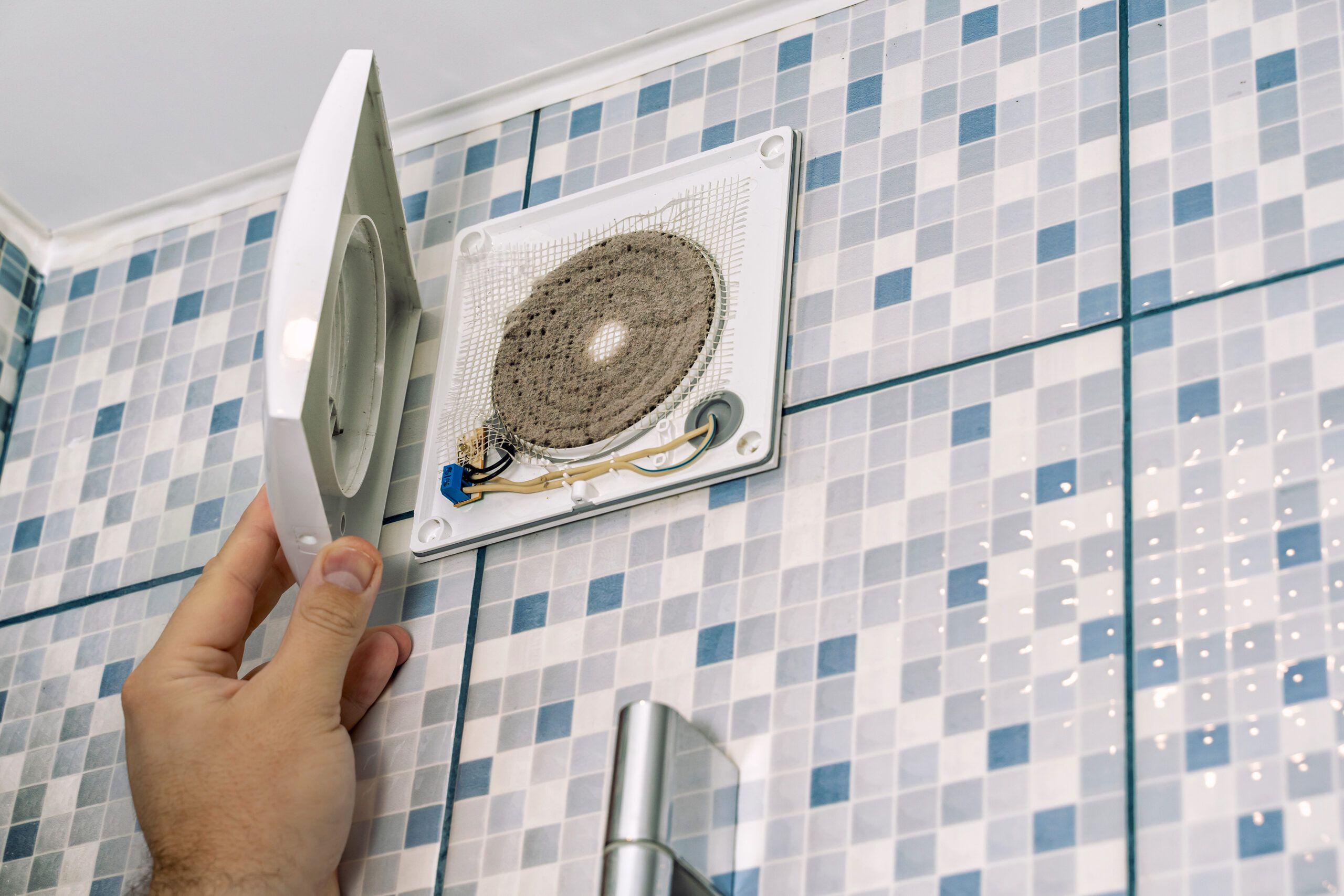
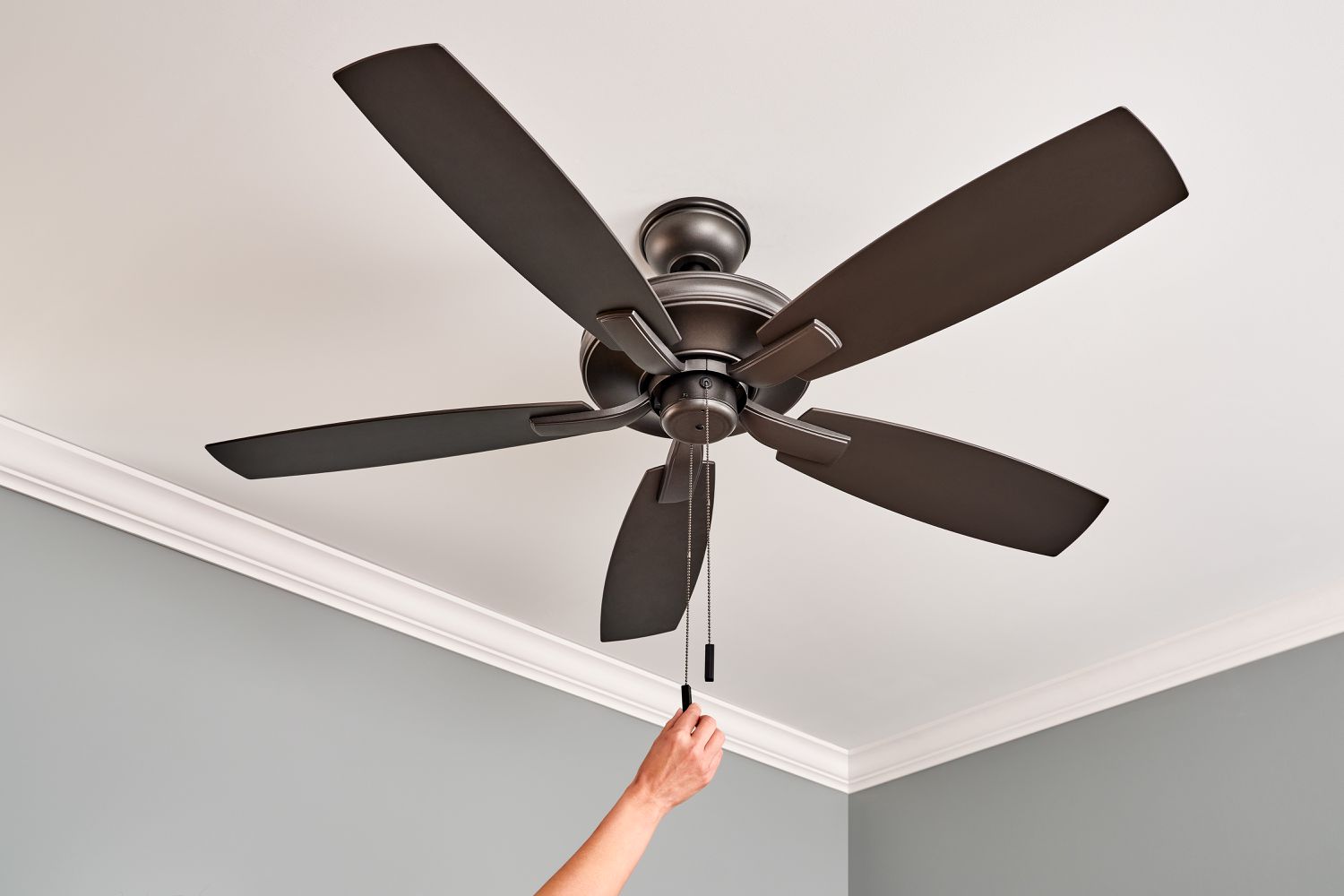
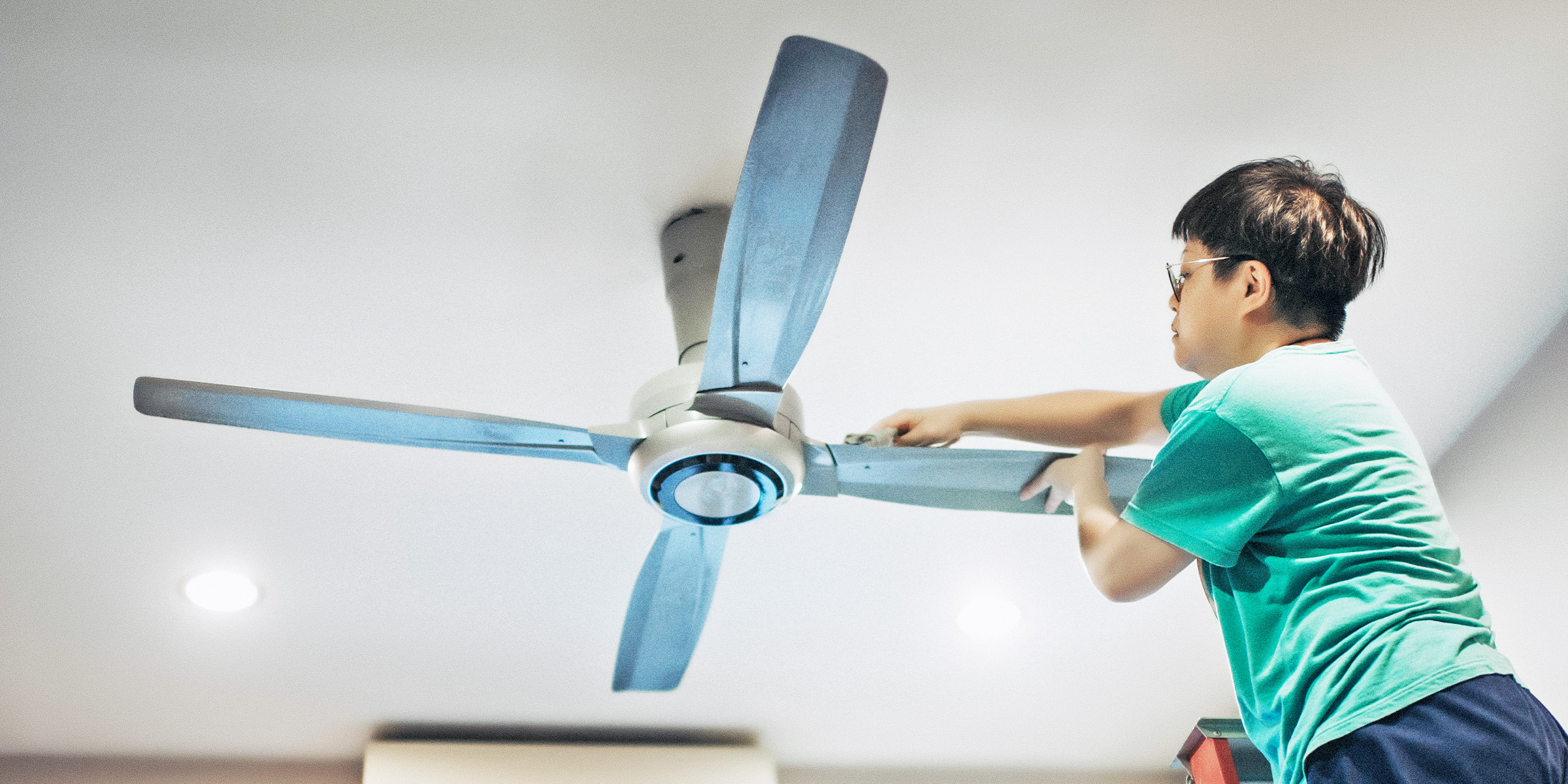
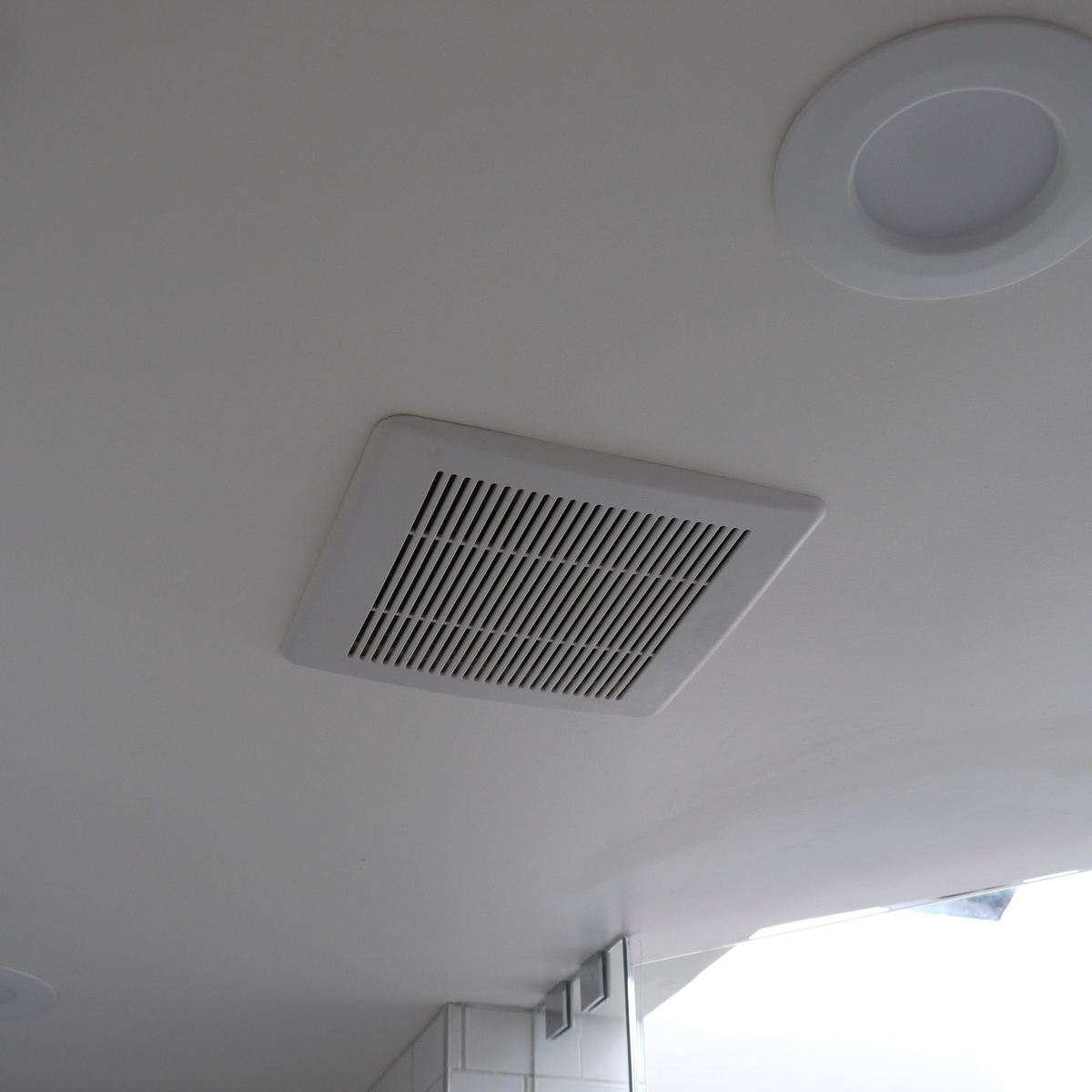
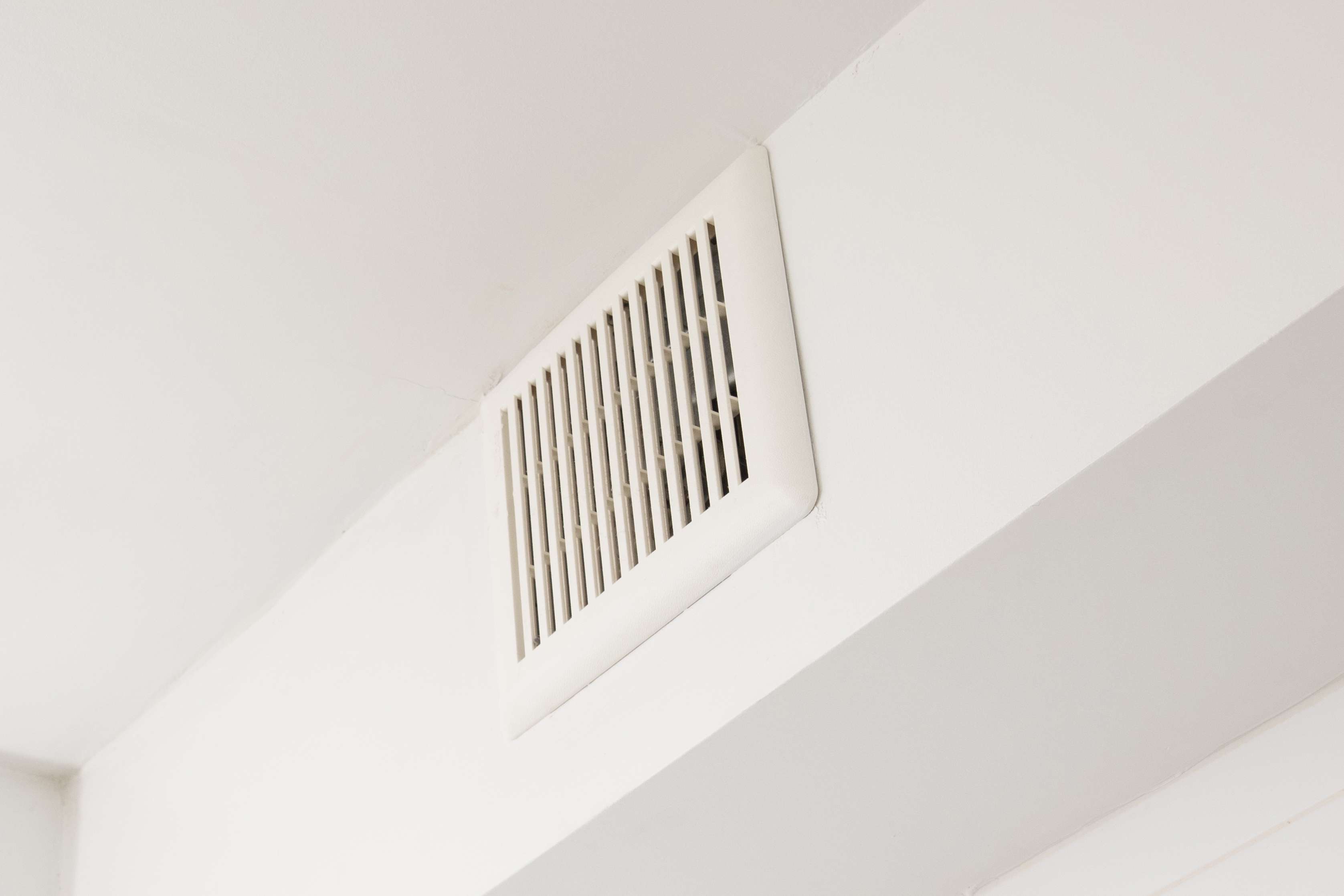
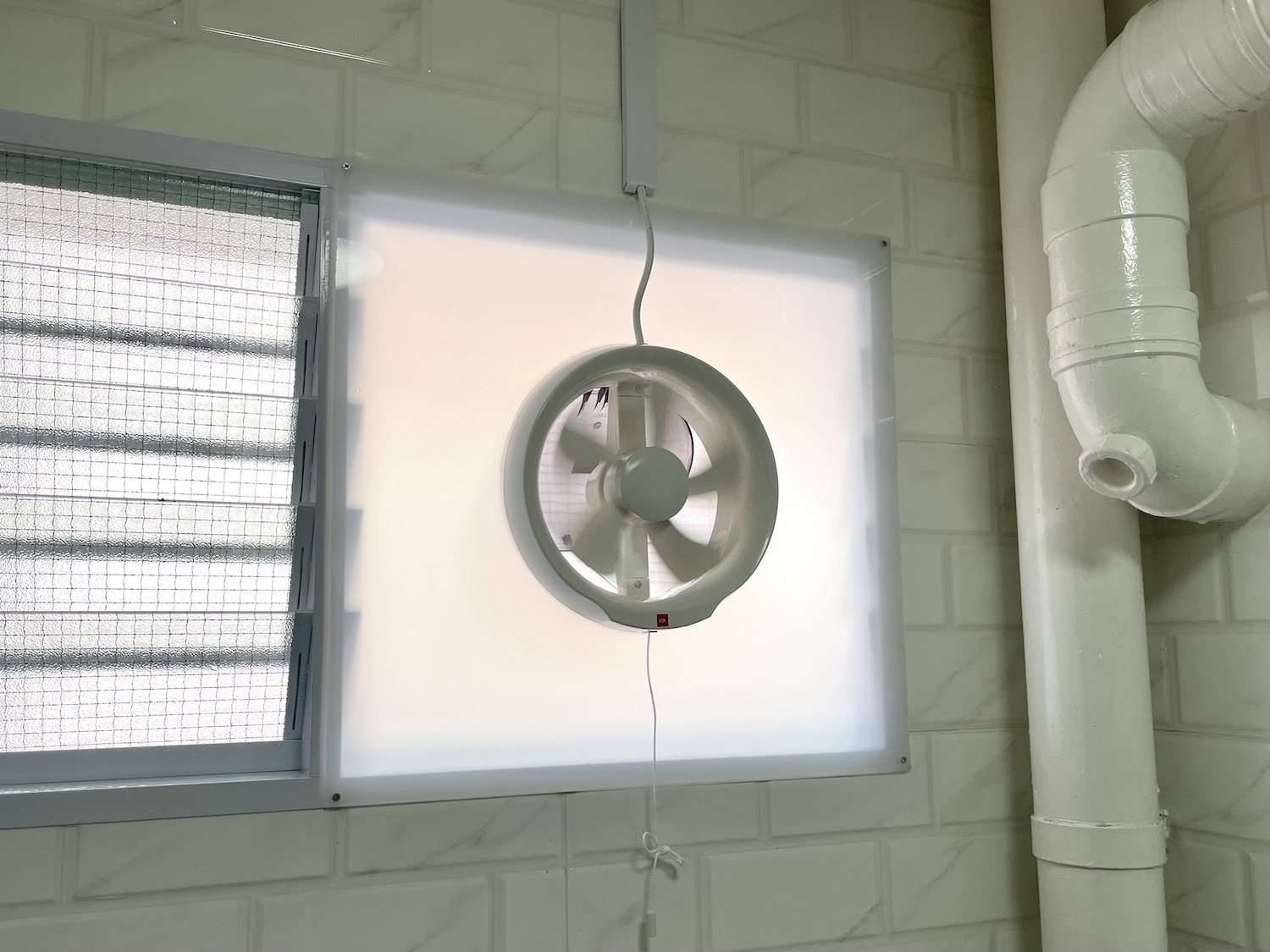
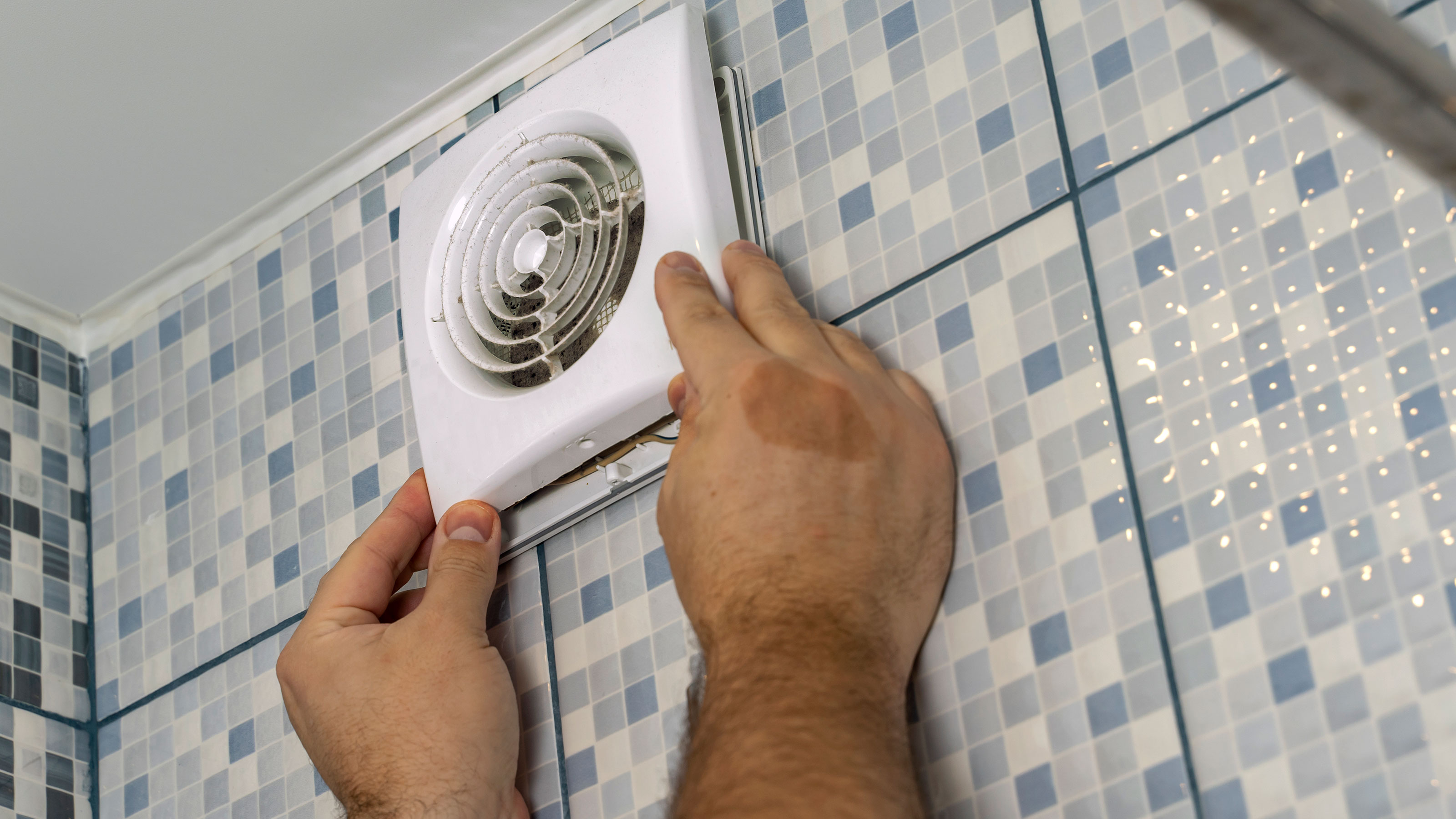
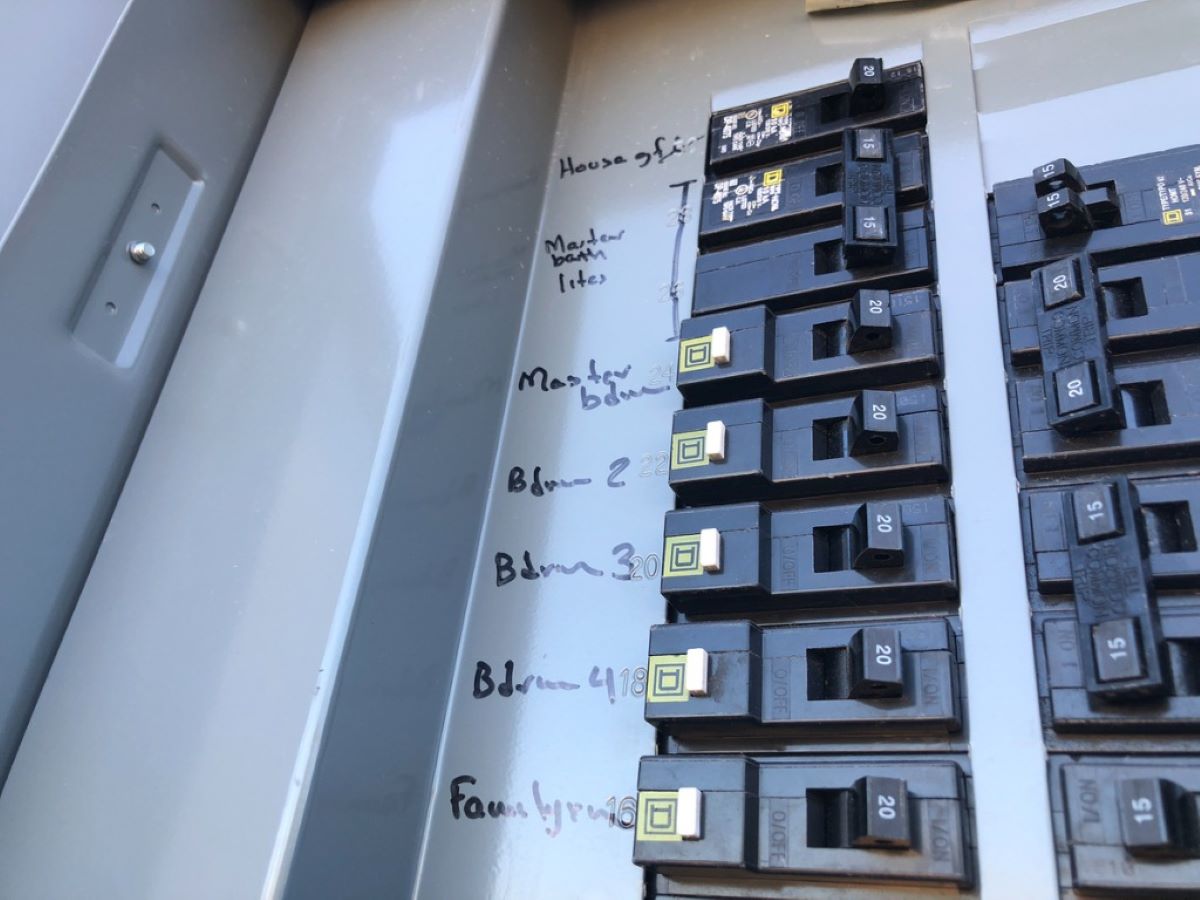
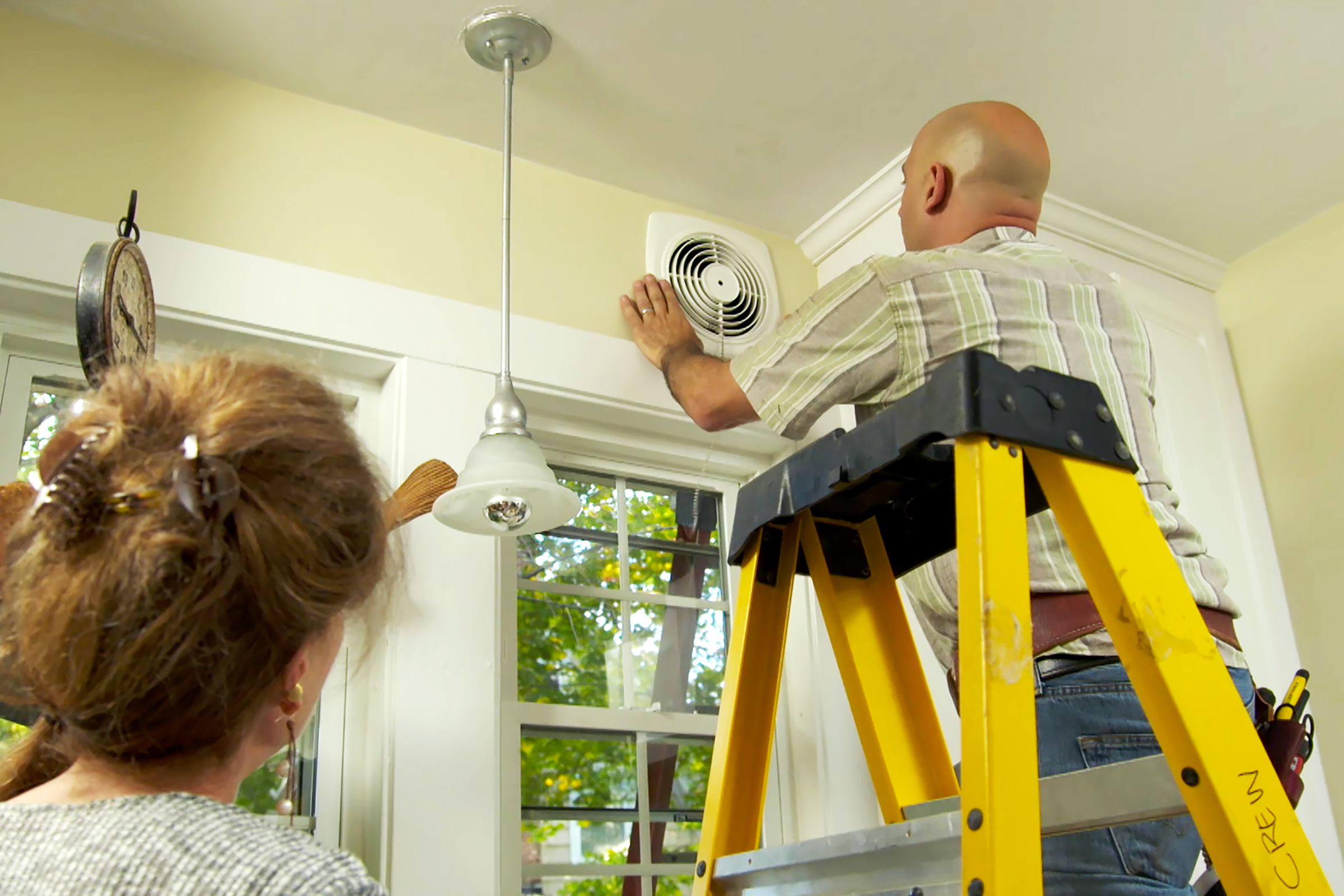

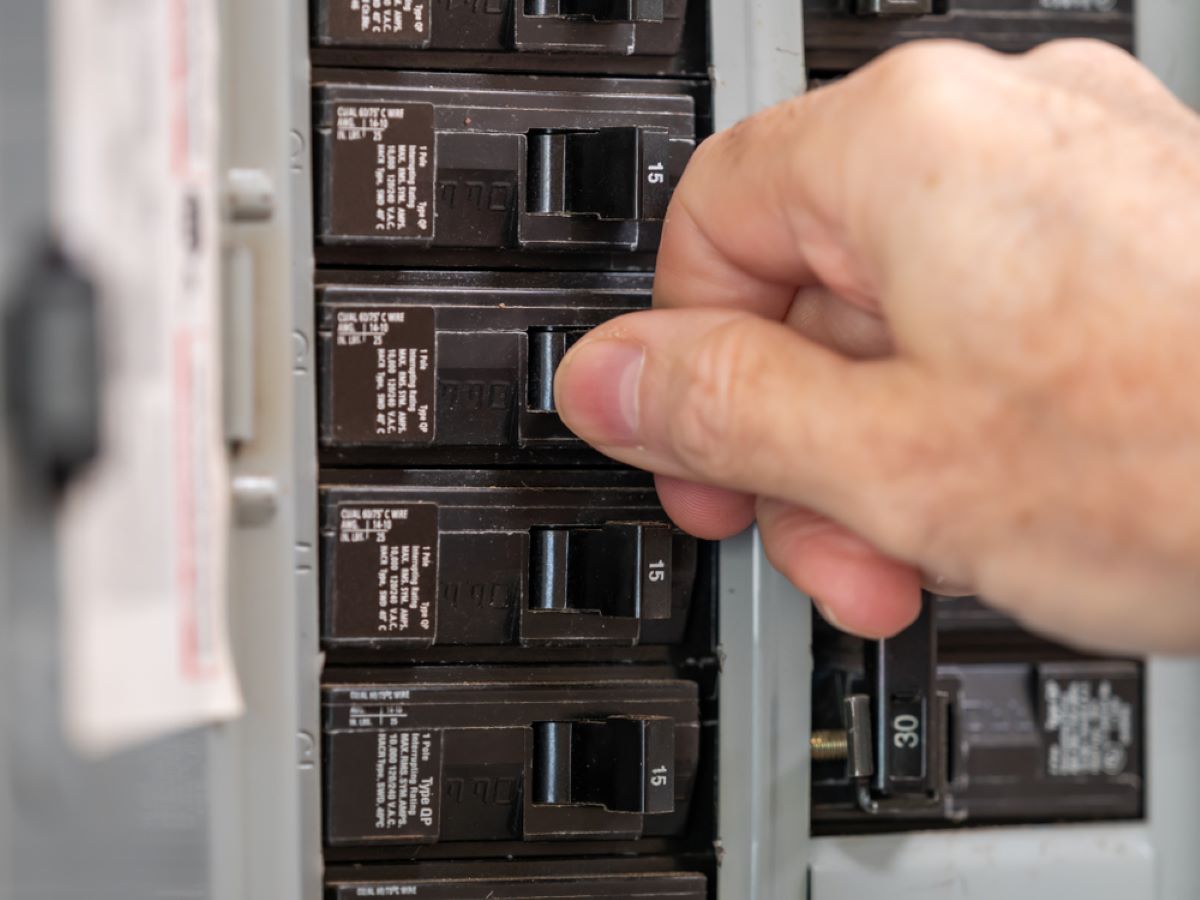


0 thoughts on “Which Way Should A Bathroom Exhaust Fan Spin”